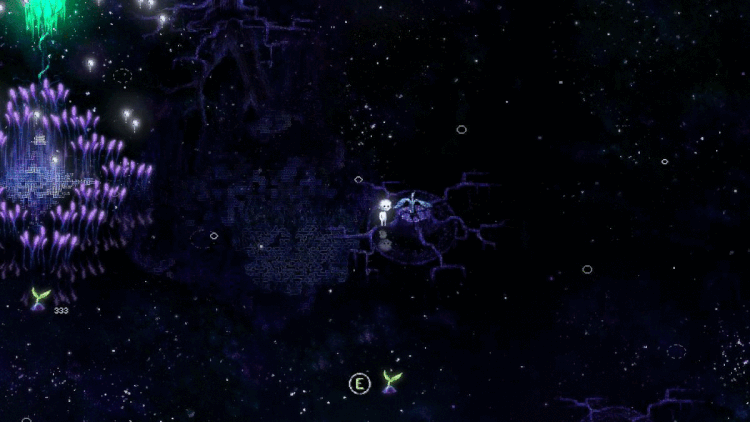Greatest Video Games of All-Time (IMO) - #92
Log in or Register for free to comment
Recently Spotted:
robio (8m)





92| Yu Yu Hakusho Makyou Toitsusen
Released: September 30th, 1994 (JPN)
Avaliable on: Sega Megadrive
We are very lucky to currently be in a time where quality games not getting localized is practically unheard of. Even games such as Project X Zone and Tokyo Mirage Sessions which would never have been localized say ten years ago are receive releases. To add to that publishers such as XSeed, Aksys, and Playism do their best to make sure no quality game doesn't get localized. Of course there are still games missed here and there, including ones that hurt such as Phantasy Star Online 2 and The Great Ace Attorney. But in today's gaming market if there is a quality game from another country, especially Japan, chances are it's coming to the West.
Unfortunately this was not the reality in the gaming world during the '90s, much less during the 16-bit era. Back then it wasn't uncommon for quality games not to be brought over to the West. And if the game was based off of an unfamiliar licensed property and was too "foreign" for American or European tastes then you were out of luck to be able to play the game in English. Sure there were some studios like Working Designs willing to bring things over, but they were few and far in between.This resulted in many quality games tragically not being released in the West which significantly hampered a console's potential library.
A perfect example of this was Yu Yu Hakusho Makyou Toitsusen. Developedby Treasure the game plays sort of like the evolutionn of a traditional fighting game. First off rather than being 1 on 1 on fighter the game is a 4 player thow down. Like Super Smash Bros., multiple players go head to head with each other beating one another up until only one character is left standing. Unlike Super Smash Bros.though the game plays and feels just like a traditonal fighting game. The characters have combos, specific inputs for special moves, and even a super meter. The game's uniqueness doesn't end there. There are also two planes work with as the player can hop between the foreground and background to fight their opponents. All of this leads to a very interesting and innovative game that still stands out today.
As a huge fan of fighting games, I have to admit it is a bit of a double edge sword that the genre stays so conservative. On one hand the genre doesn't seem to be plagued by the bullshit found in other genres. Things such as lowering the skill ceiling for the sake accessibility or implementing pay to win mechanics so that frustrated players can find an easy route to victory as well as companies utilizing a new cash cow. That isn't to say that there aren't already fighting games that do these things, just that it isn't common to find games in the fighting genre that do these things as it is say in the competitive shooter genre. On the flip side, it does seem a bit depressing that so many fighting games are similar. Almost all of them are one vs one fighters, or at most liberal one vs one with assists, have a super meter, and rely on specific inputs for doing specials. The genre hasn't changed significantly since this game's release. It was clear that Treasure was trying to do something new and exciting to evolve the genre, but alas it didn't catch on. To be fair, Treasure did continue making spritual sequels to this game which did get a Western release with Bleach: Blade of Fate and Bleach: Dark Souls for the Nintendo DS. These games play almost exactly like Makyou Toitsusen as they have two planes players can hop back and forth between as well as being able to accomodate four players at once. But at the end of the day there is just something about the original that makes it stand out. Not sure what it is, but it is just so enjoyable booting the game up, even if it is just me playing by myself to knock out my computer opponent. The game is just feels so fun to play.
One of the site's forefathers.